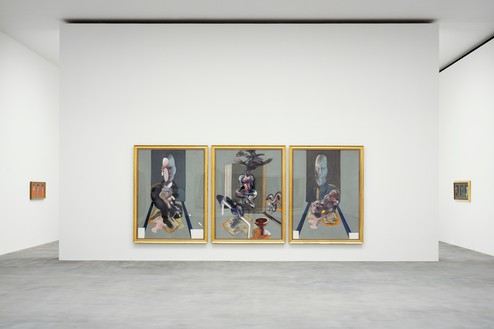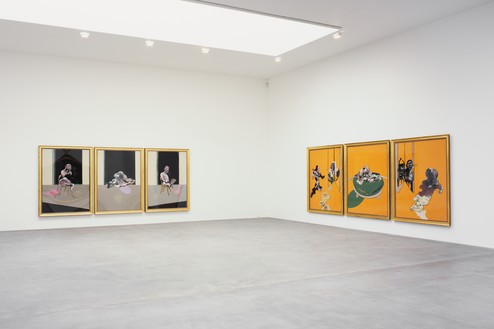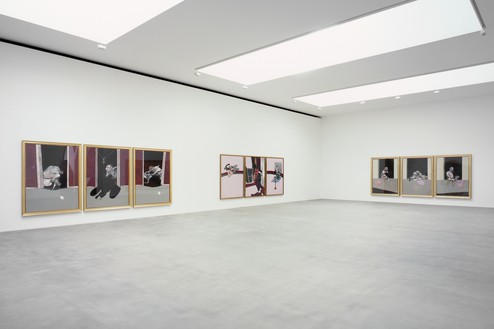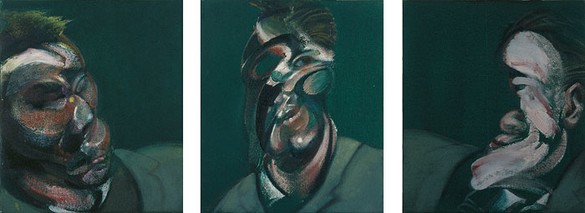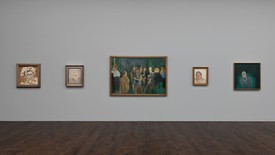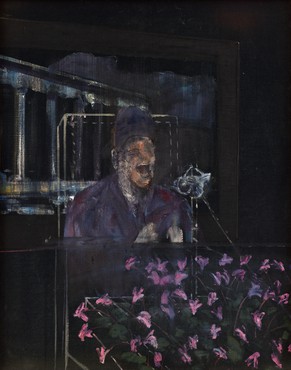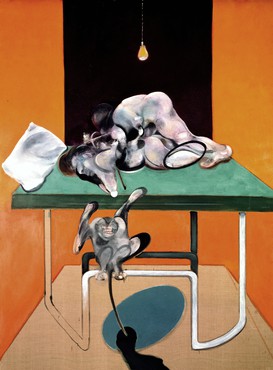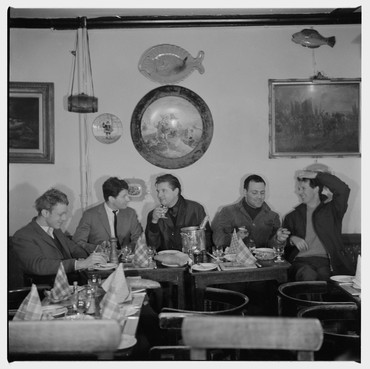About
Triptychs are the thing I like doing most, and I think this may be related to the thought I’ve sometimes had of making a film. I like the juxtaposition of the images separated on three different canvases. So far as my work has any quality, I often feel perhaps it is the triptychs that have the most quality.
—Francis Bacon, 1979
Gagosian is pleased to announce an exhibition of triptychs by the late Francis Bacon. This is the first exhibition of the artist’s work in the United Kingdom since the Hayward Gallery retrospective in 1998 and it includes many important loans from public institutions and private collections.
In the famous interviews with David Sylvester, Bacon states, “I see every image all the time in a shifting way and almost in shifting sequences. . . . one picture reflects on the other continuously and sometimes they’re better in series than they are separately because, unfortunately, I’ve never yet been able to make the one image that sums up all the others. So one image against the other seems to be able to say more.” Thus Bacon’s painting, with its visceral, ever-intensifying exploration of the relation between figure and field, proceeds through series: series of crucifixions, series of Popes, series of portraits and self-portraits, series of simultaneity itself, as in the triptychs. And within each work, whether single or triple, each painting, each figure is itself a shifting sequence or series of sensations; each sensation exists at different levels, in different orders, or in different domains, brought together in the artist’s attempt, as he himself describes it, “to capture the appearance together with the cluster of sensations that the appearance arouses in me.”
The triptych format first appeared in Bacon’s pivotal work, Three Studies for Figures at the Base of a Crucifixion (1944). This small triptych contained the seed for the first large triptych Three Studies for a Crucifixion (1962), which in turn set in motion a long process of large triptychs of almost consistent dimension. Although Bacon was clearly aware of the historical antecedents in religious art, he cites the panoramic cinema screen as the main inspiration for his use of the triptych, thus totally recreating it as a topical format. Gilles Deleuze writes in Francis Bacon: The Logic of Sensation (1981), “The triptych has thoroughly separate sections, truly distinct, which in advance negate any narrative that would establish itself among them. Yet Bacon also links these sections with a kind of brutal, unifying distribution that makes them interrelate free of any symbolic undercurrent.”
Share
Artist
Download
Friends and Relations: Lucian Freud, Francis Bacon, Frank Auerbach, Michael Andrews
Join Jake Auerbach, Richard Calvocoressi, Bella Freud, Martin Gayford, and Florence Hallett as they discuss the work and legacy of four era-defining artists. Friends and Relations: Lucian Freud, Francis Bacon, Frank Auerbach, Michael Andrews, recently on view at Gagosian, Grosvenor Hill, London, elucidated the connections between their respective practices, and featured some of the artists’ portraits of one another.
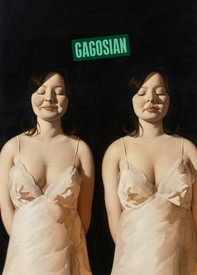
Now available
Gagosian Quarterly Winter 2022
The Winter 2022 issue of Gagosian Quarterly is now available, featuring Anna Weyant’s Two Eileens (2022) on its cover.

Bruce Bernard: Portraits of Friends
Virginia Verran details the photographer’s friendships with the London painters.
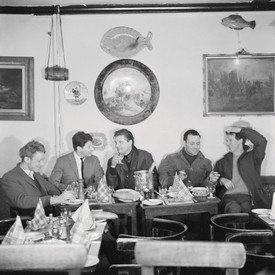
Frank Auerbach: Artist Friends
In this candid interview with Richard Calvocoressi, the painter Frank Auerbach reminisces on his friendships with Michael Andrews, Francis Bacon, and Lucian Freud. The two spoke during the planning of the exhibition Friends and Relations, a show that examines the interconnected lives and art practices of this group of London painters.

Francis Bacon: The First Pope
Richard Calvocoressi tells the story of Francis Bacon’s first image of the pope, ‘Landscape with Pope/Dictator’, c. 1946.
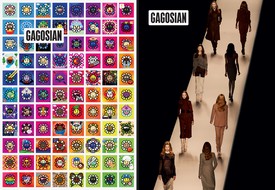
Now available
Gagosian Quarterly Summer 2022
The Summer 2022 issue of Gagosian Quarterly is now available, with two different covers—featuring Takashi Murakami’s 108 Bonnō MURAKAMI.FLOWERS (2022) and Andreas Gursky’s V & R II (2022).
